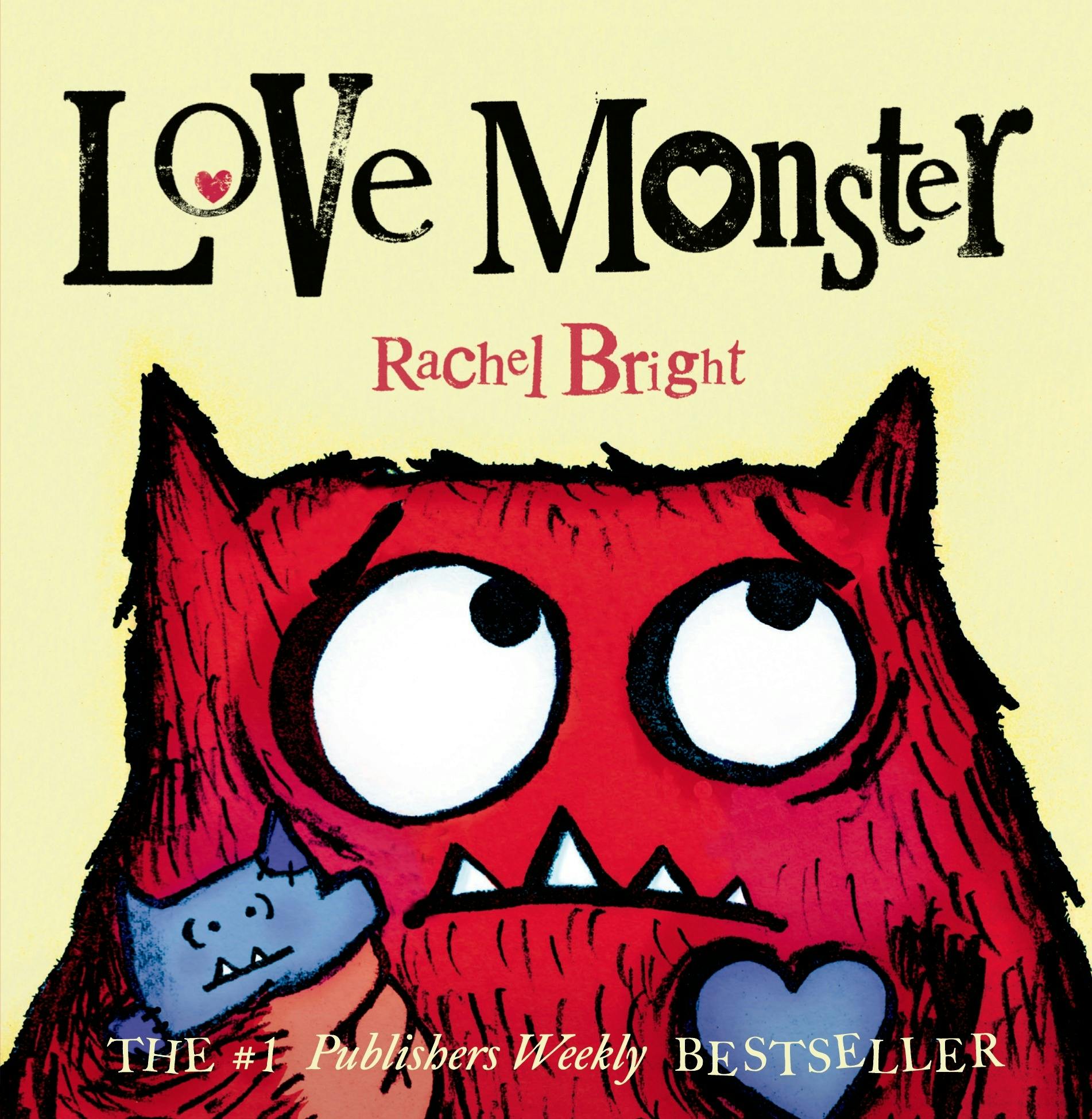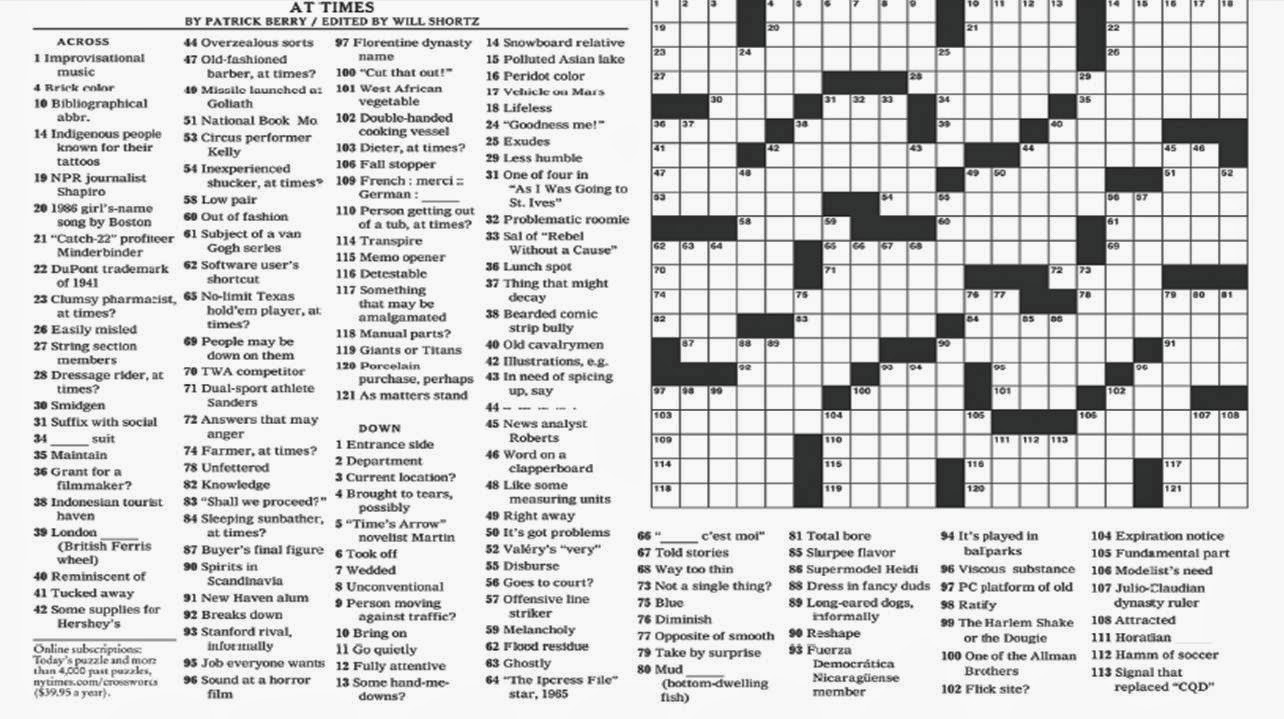Understanding The Love Monster Phenomenon

Table of Contents
Main Points:
2.1 Characteristics of a "Love Monster": Recognizing the Red Flags
The “love monster” presents itself in various guises, but some core characteristics consistently emerge. These are often subtle at first, making them harder to identify. A love monster's behavior is designed to erode your self-esteem, isolating you and making you dependent on them. The insidious nature of their actions is what makes recognizing them so crucial.
Examples of controlling behavior include constant monitoring of your whereabouts, restricting your access to friends and family, and manipulating your finances. Gaslighting, a common tactic, involves twisting reality to make you question your sanity and perception. Emotional abuse can manifest as constant criticism, belittling remarks, and subtle threats designed to keep you in a state of fear and insecurity.
- Excessive jealousy and possessiveness: A love monster often exhibits extreme possessiveness, viewing your independence as a threat.
- Controlling finances and social interactions: They may control your spending, limit your contact with others, and dictate your social life.
- Isolation from friends and family: A deliberate effort to sever your ties with your support network, leaving you vulnerable and dependent.
- Constant criticism and belittling: Consistent negativity and put-downs designed to erode your self-esteem.
- Threats and intimidation: Subtle or overt threats used to maintain control and instill fear.
- Gaslighting and manipulation to distort reality: Making you doubt your own memory, perception, and sanity.
These red flags, indicative of unhealthy relationship patterns, must not be ignored. Recognizing these signs early on is key to protecting your emotional well-being.
2.2 Understanding the Roots of the "Love Monster": Psychological and Sociological Factors
The “love monster” isn’t simply a result of bad behavior; complex psychological and sociological factors contribute to its emergence. Understanding these roots is vital in developing effective coping mechanisms and preventative strategies.
Psychologically, personality disorders such as Narcissistic Personality Disorder (NPD) and Borderline Personality Disorder (BPD) are often associated with manipulative and controlling behaviors. Individuals with these disorders may struggle with empathy and emotional regulation, leading to toxic relationship dynamics.
Childhood trauma, particularly insecure attachment styles resulting from neglect or abuse, can also play a significant role. Individuals who experienced such trauma may develop unhealthy relationship patterns as a way to cope with their past experiences.
Societal factors also contribute. Traditional gender roles, societal pressures, and the normalization of certain abusive behaviors in some cultures can create an environment where unhealthy relationships thrive.
- Childhood trauma and insecure attachment: Early childhood experiences significantly influence attachment styles and subsequent relationship patterns.
- Personality disorders (NPD, BPD): These disorders can significantly contribute to manipulative and controlling behaviors.
- Learned behavior from family dynamics: Witnessing unhealthy relationships in childhood can normalize abusive behaviors.
- Societal pressures and gender roles: Societal norms and expectations can contribute to the acceptance of certain abusive behaviors.
By understanding these complex factors, we can better comprehend the development of the "love monster" persona and work towards preventing such dynamics.
2.3 Escaping the Clutches of a "Love Monster": Strategies for Healing and Recovery
Escaping a relationship with a “love monster” requires careful planning and significant self-care. Prioritizing your safety and well-being is paramount. This journey often involves confronting deep-seated emotional wounds and rebuilding self-esteem.
Seeking professional help is crucial. Therapists specializing in trauma and abuse can provide guidance and support throughout the healing process. Support groups offer a safe space to connect with others who have experienced similar situations, fostering a sense of community and shared understanding.
Setting boundaries is essential in reclaiming your autonomy and emotional well-being. This includes limiting contact with the abusive individual and establishing clear limits in future relationships. Focusing on self-care, engaging in activities that nourish your mind and body, and practicing self-love are vital for emotional recovery. Learning to recognize and challenge manipulative tactics is a key step in breaking free from the cycle of abuse.
- Seeking professional help (therapy, counseling): Therapy provides a safe space to process emotions and develop healthy coping mechanisms.
- Building a strong support network: Connecting with friends, family, and support groups is crucial for emotional recovery.
- Setting healthy boundaries: Establishing and enforcing boundaries is essential for protecting yourself from further harm.
- Focusing on self-care and self-love: Prioritizing self-care is crucial for rebuilding self-esteem and fostering emotional resilience.
- Learning to identify and challenge manipulative tactics: Recognizing manipulative behaviors is key to breaking free from the cycle of abuse.
Conclusion: Confronting and Overcoming the "Love Monster"
The "love monster" represents a destructive pattern in relationships characterized by control, manipulation, and emotional abuse. Recognizing the red flags of controlling behavior, gaslighting, and emotional abuse is paramount. Understanding the psychological and sociological roots of this phenomenon, including the influence of childhood trauma and personality disorders, allows for more effective interventions and prevention. Escaping this toxic dynamic requires seeking professional help, building a support network, setting boundaries, and prioritizing self-care. Remember, healthy relationships are built on mutual respect, trust, and emotional safety. Don't let unhealthy love dynamics define your future. If you are experiencing toxic relationship patterns, reach out for help immediately. Understanding the "love monster" phenomenon is crucial for building healthy and fulfilling relationships; continue your journey of self-discovery and learn to recognize the signs of toxic love.

Featured Posts
-
 March 26 2025 Nyt Mini Crossword Complete Solutions And Hints
May 21, 2025
March 26 2025 Nyt Mini Crossword Complete Solutions And Hints
May 21, 2025 -
 Ex Tory Councillors Wife Awaits Ruling On Racial Hatred Tweet Appeal
May 21, 2025
Ex Tory Councillors Wife Awaits Ruling On Racial Hatred Tweet Appeal
May 21, 2025 -
 Paulina Gretzkys Casual Playdate Style In A Mini Dress
May 21, 2025
Paulina Gretzkys Casual Playdate Style In A Mini Dress
May 21, 2025 -
 Kcrg Tv 9 To Air 10 Minnesota Twins Games
May 21, 2025
Kcrg Tv 9 To Air 10 Minnesota Twins Games
May 21, 2025 -
 Efimeries Giatron Patra Savvatokyriako 10 11 Maioy
May 21, 2025
Efimeries Giatron Patra Savvatokyriako 10 11 Maioy
May 21, 2025
